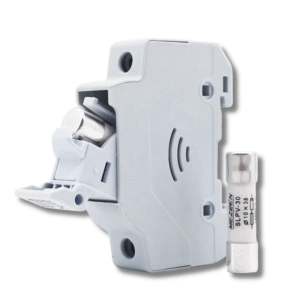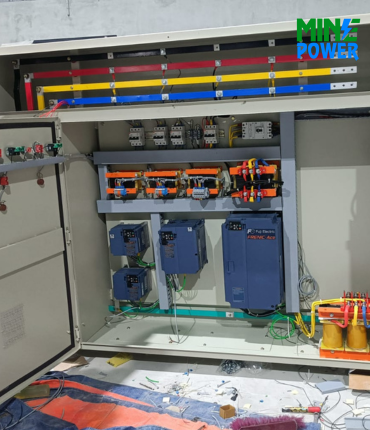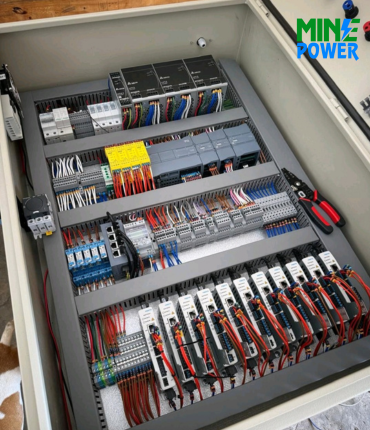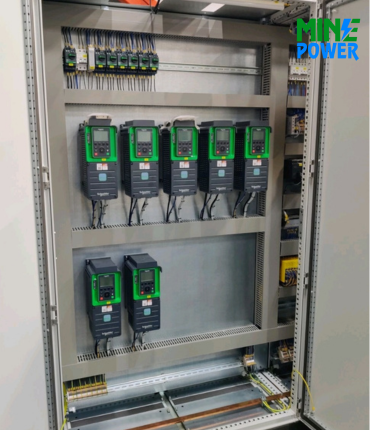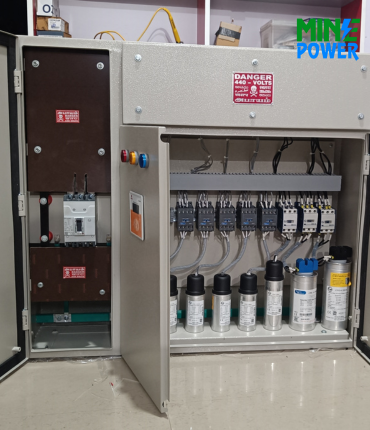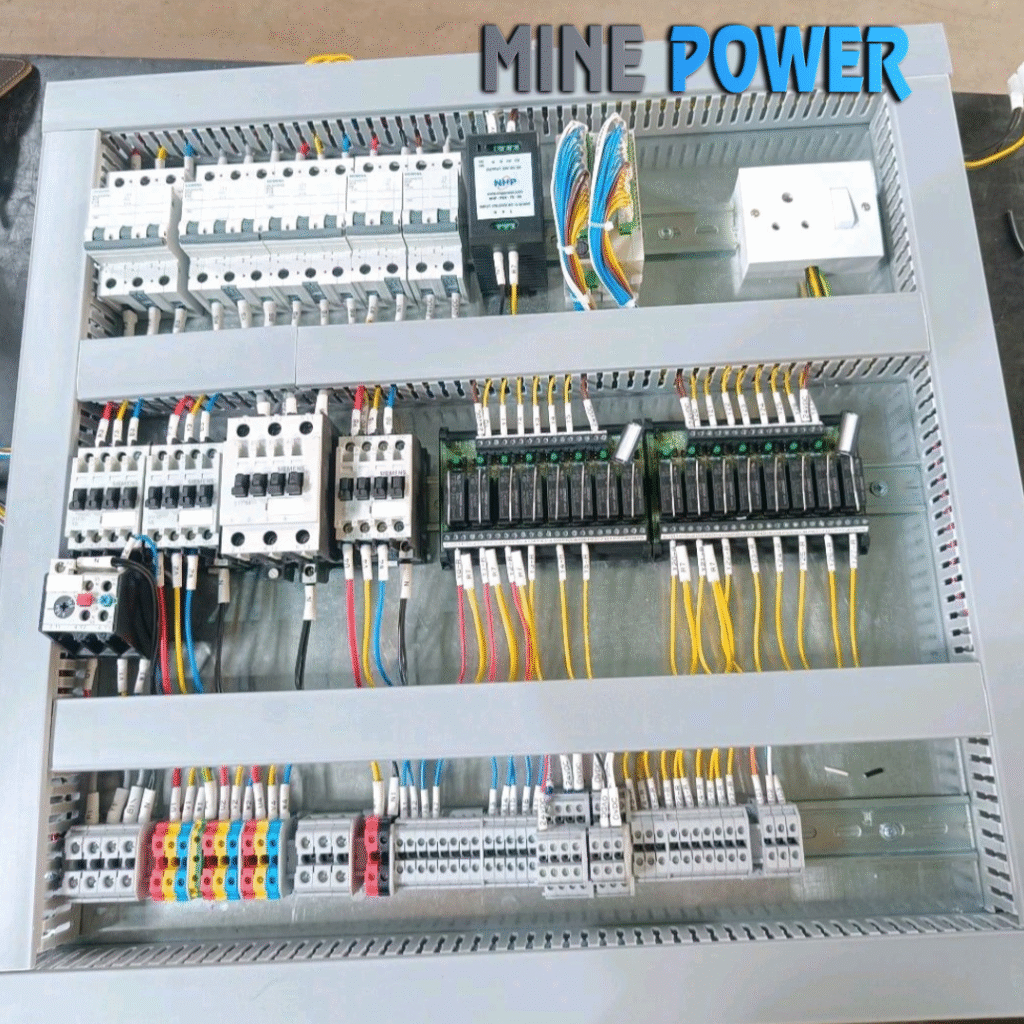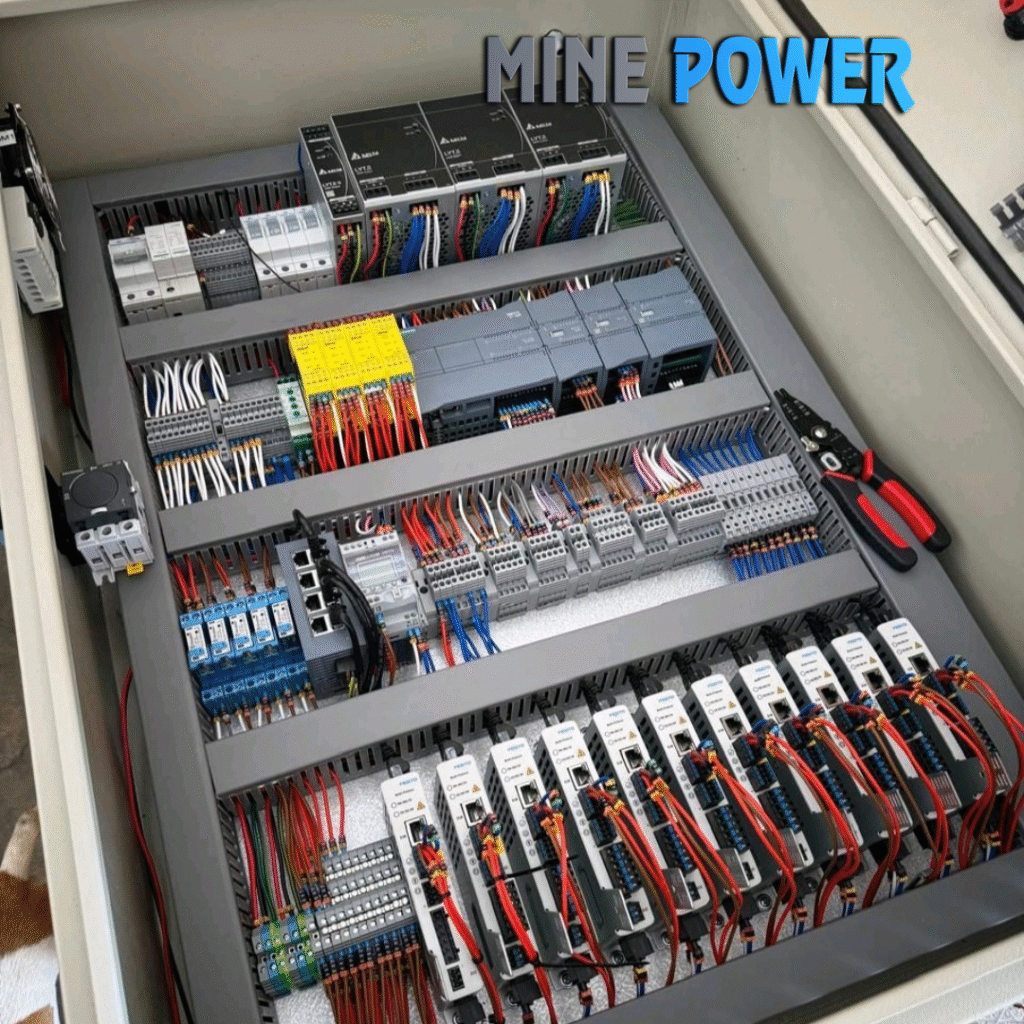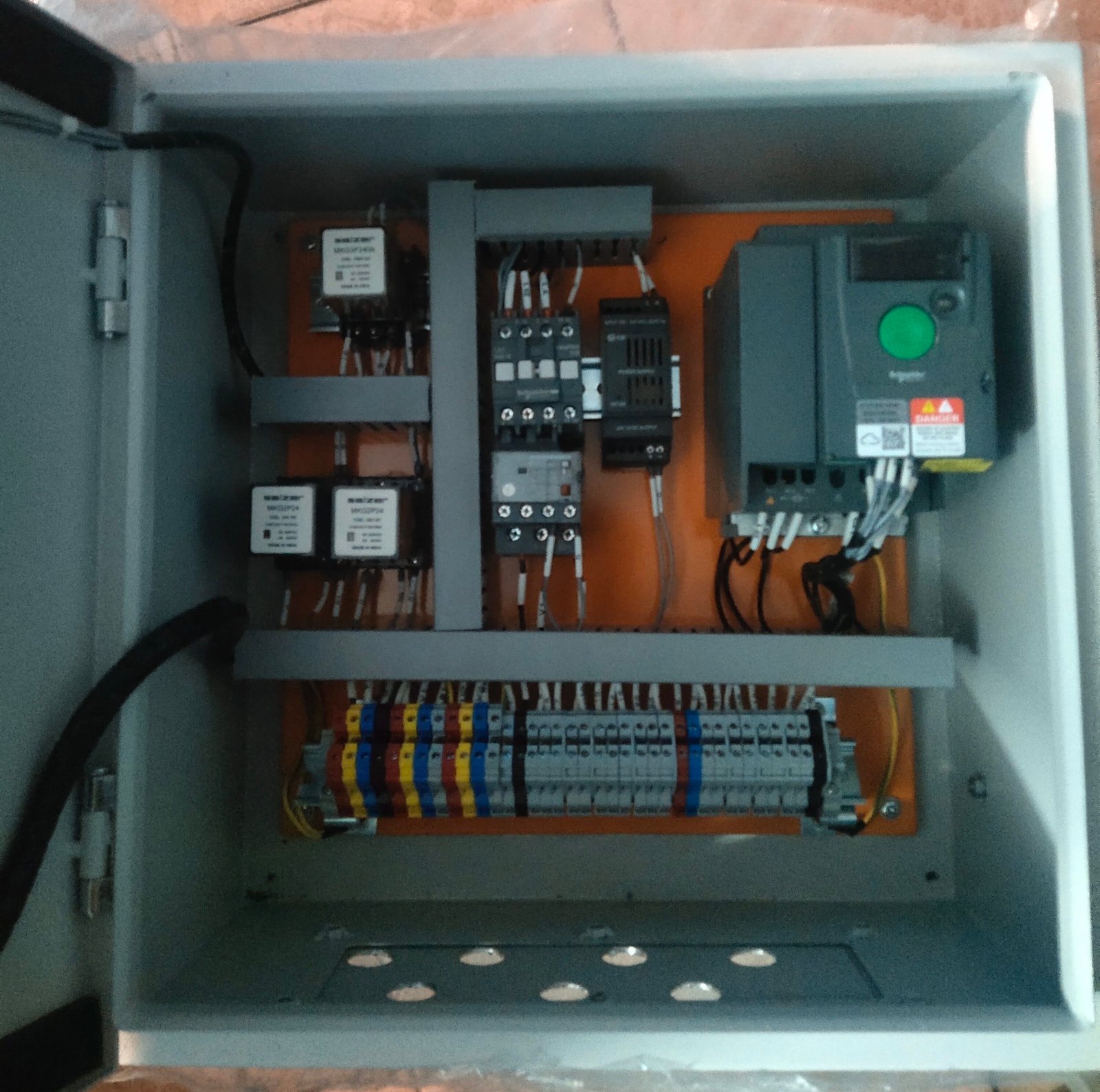An Earth Leakage Relay (ELR) is a protective device designed to sense leakage currents in electrical systems and disconnect the circuit to ensure safety. It continuously monitors the current flowing through live conductors, and if leakage to earth is detected beyond the preset value, the relay trips to prevent shocks, fire hazards, and equipment failure.
Description
An Earth Leakage Relay (ELR) is a vital protective device used in electrical systems to detect and respond to leakage currents that may occur due to insulation failures, faulty wiring, or accidental contact. By continuously monitoring the current balance between phase and neutral conductors, the ELR ensures that even small leakage currents to earth are identified. When the leakage exceeds the preset value, the relay sends a trip signal to the circuit breaker or contactor, disconnecting the faulty circuit and preventing potential hazards like electric shocks, fire risks, or equipment damage.
Designed with a digital display and adjustable sensitivity, modern ELRs like the MULTISPAN ELR 19N offer precise monitoring, quick fault indication through LEDs (Trip & Alarm), and user-friendly settings. Widely used in industrial, commercial, and residential applications, Earth Leakage Relays are an essential component for ensuring electrical safety, minimizing downtime, and protecting both people and equipment.
Specifications (General)
-
Type: Earth Leakage Relay (ELR)
-
Display: Digital LED (Leakage Current & Set Value)
-
Set Value Range: Adjustable (example: 30 mA – 30 A depending on model)
-
Supply Voltage: 230V AC / 415V AC (varies with brand)
-
Output: Trip signal to circuit breaker/contactor
-
Indication: LED indicators for Trip & Alarm
-
Mounting: Panel Mount / DIN Rail Mount
-
Brand Example: MULTISPAN (shown in image)
Features
-
Detects earth leakage current with high accuracy
-
Digital display for leakage current and set value
-
Adjustable sensitivity for different applications
-
LED indicators for Trip & Alarm status
-
Ensures human safety & equipment protection
-
Compact, panel-mountable design
-
Auto/Manual reset options
Advantages
-
Prevents electric shocks & fire hazards
-
Enhances equipment and system safety
-
Quick fault detection & response
-
User-friendly adjustable settings
-
Reduces downtime in electrical systems
Disadvantages
-
Requires periodic testing & calibration
-
Depends on proper CT (Core Balance Current Transformer) connection
-
Cannot protect against overloads or short circuits (needs MCCB/MCB)
Applications
-
Industrial plants & factories
-
Commercial buildings
-
Data centers & IT infrastructure
-
Hospitals & educational institutions
-
Power distribution panels
-
Renewable energy systems (solar, wind)






